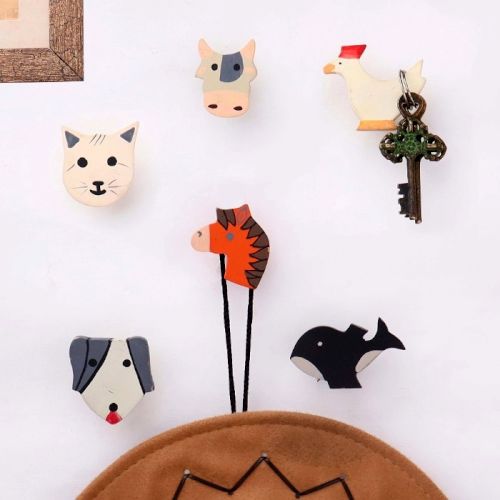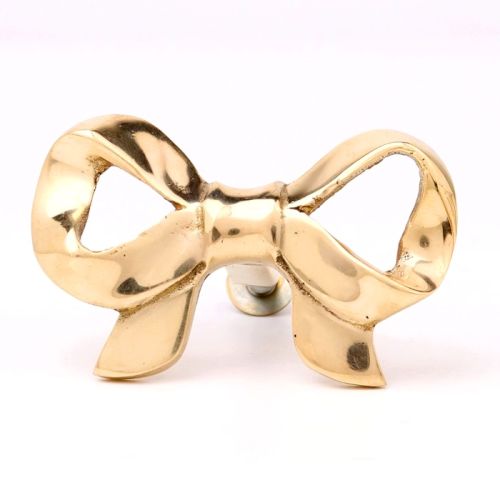-
Original Vintage Brass Elephant Cart, Collectible Chariot Home Decor with Bronze Box ...
- ₹ 258,500.00
- 1 In Stock
Unique Ways to Use the Bronze Chariot to Decorate Your Home
The bronze chariot, with its timeless form and intricate craftsmanship, stands as a remarkable artifact in the world of decorative art. Historically steeped in grandeur, these chariots trace their origin to periods when they symbolized conquest, victory, and divine progression. In modern interior aesthetics, the bronze chariot transcends its historical context to serve as a statement piece that communicates cultural heritage, sophistication, and the pursuit of beauty in tangible form. As a symbol of movement, control, and destiny, it captivates with a sense of forward motion, subtly influencing the energy and emotion of the space it inhabits.
Relevance of Bronze Chariot in Modern Aesthetics
Contemporary design aesthetics are increasingly driven by a desire to connect the past with the present—inviting forms, textures, and materials that evoke memory and meaning. The bronze chariot, in this light, emerges not merely as an antique but as a visual narrative. Its metallic sheen, dynamic posture, and symbolic structure effortlessly align with both maximalist and minimalist spaces. In a modern home with clean lines and muted palettes, the chariot introduces an element of warmth and complexity, breaking visual monotony. Meanwhile, in more traditional or eclectic settings, it complements wood, stone, and textile-based elements, anchoring the décor in a deeper cultural resonance. By blending historical gravitas with modern elegance, the bronze chariot becomes a bridge between eras, infusing spaces with depth and narrative intention.
Roles Of Bronze Chariot in Home Decor, Aesthetics, Sophistication, and Luxury
The bronze chariot occupies a distinctive place in home decor as an embodiment of thoughtful curation. It speaks not just to taste but to intention. In the world of interiors, where every object tells a story, the presence of a chariot carved in bronze introduces themes of achievement, vigilance, and timeless artistry. Placed in a drawing room, it enhances the aura of elegance, acting as a silent yet powerful presence. Within a study or personal library, it evokes introspection and aspiration. The aesthetic appeal of bronze—a material that darkens and deepens with time—echoes the journey of the chariot itself: enduring, evolving, enriching. When integrated into luxurious spaces, its presence is not ostentatious but profound, a whisper of affluence rather than a shout, which aligns with the new language of luxury that favors meaning over mere cost.
Why Bronze Chariot is Considered a Symbol of Luxury
Luxury today is redefined by rarity, authenticity, and craftsmanship—values inherently embedded in a bronze chariot. The traditional method of crafting bronze artifacts, especially chariots with detailed figurines and dynamic postures, demands skilled artisanship and time-intensive processes. Each curve, wheel, and horse mane is sculpted with precision, often involving generations-old techniques that few modern artisans continue to preserve. This makes each piece not only a visual delight but also a cultural heirloom. The intrinsic value of bronze as a metal—rich in appearance, enduring in structure—adds to its luxurious character. Moreover, the chariot's symbolism of royal progression, divine victory, and noble pursuit further accentuates its association with luxury. It’s not simply an object; it’s a manifestation of legacy and taste, often occupying spaces where elegance and grandeur converge.
Distinctive Qualities and Versatile Applications of Bronze Chariot
One of the most captivating aspects of the bronze chariot is its durability. Unlike fragile ceramic or trend-driven décor items, bronze offers resilience. It withstands time, temperature, and touch, developing a patina that enhances its character rather than diminishing it. The surface texture—often rich with detail—invites tactile engagement, while the overall design allows for dramatic visual framing in both compact and expansive interiors.
Its versatility is another hallmark. Whether in a home, an office, an art gallery, or even a spiritual retreat, the bronze chariot adapts to the ambient ethos. In corporate spaces, it symbolizes direction, leadership, and momentum—ideals central to professional growth. Within galleries or curated rooms, it can become a thematic centerpiece, drawing viewers into a larger narrative arc of tradition, valor, and journey. The influence of Vastu Shastra further expands its applicability. Positioned correctly, it is believed to harmonize energies, attract prosperity, and balance the elemental forces of space. Thus, the bronze chariot serves both as an aesthetic anchor and an energetic enhancer.
How to Choose the Right Bronze Chariot
Selecting a bronze chariot demands a balance of artistic sensibility and spatial awareness. The choice begins with understanding the function of the space where it will be placed. A study may benefit from a chariot with fewer horses, symbolizing focus and individual journey. A living room or central hall may welcome a larger piece with multiple horses, indicating collective strength and victorious motion.
Attention must be paid to the detailing—the expression of the horses, the direction of motion, and the harmony of the sculpted elements. The color tone of the bronze, whether warm gold, rustic brown, or antique black, must complement the surrounding materials and hues. Furthermore, authenticity should be prioritized. A genuine handcrafted piece offers nuances in finish and form that machine-made replicas often lack. Each selected chariot, therefore, becomes a mirror to the personality of the space it adorns.
Arrangement, Direction, and Design Integration of Bronze Chariot
The spatial orientation of the bronze chariot significantly influences its visual and energetic impact. When arranged thoughtfully, it enhances not just the décor but also the mood and energy of the home. Placement in the northern sector of the house aligns with career growth and life path advancement according to Vastu Shastra. The southern zone encourages fame and public recognition, making it ideal for those engaged in social or creative pursuits. In the southwest direction, a chariot with two horses can nurture relationship harmony, while avoiding conflict or emotional unrest.
Design-wise, the chariot should not clash with the spatial flow. It can be centered on a coffee table with minimalist accents around it, or highlighted in a niche with warm lighting to create a halo effect. Contrasting textures—such as placing the bronze chariot on a wooden or marble base—can further elevate its presence. Movement of the chariot should always be inward-facing to draw energy inside the home rather than pushing it outward.
Cleaning and Maintenance of Bronze Chariot
Bronze, though robust, requires mindful maintenance to retain its elegance. Regular dusting with a soft, dry cloth prevents accumulation of particles that may dull the surface. For deeper cleansing, a solution of lemon juice and baking soda can be gently applied and wiped off, followed by thorough drying. Harsh chemicals or abrasive tools should be avoided to preserve the metal’s patina and prevent scratches. Polishing should be minimal and infrequent—just enough to maintain its natural glow without erasing the aged beauty that develops over time. When placed in high-humidity environments, occasional checks are essential to prevent verdigris formation. With basic care, the bronze chariot continues to age gracefully, embodying character and legacy.
Where to Buy Bronze Chariot
IndianShelf curates a thoughtful collection of bronze chariots, sourced from artisans who embody India’s rich metalworking heritage. Each piece carries the soul of traditional techniques and the charm of individualized design. From miniature showpieces for compact spaces to grand chariots meant for entrance halls or luxury interiors, the offerings cater to varied tastes and settings. IndianShelf ensures authenticity, material integrity, and aesthetic appeal, allowing collectors, decorators, and art lovers to invest in more than just décor, but in cultural continuity.
The bronze chariot, with its symbolic vitality and artistic grace, stands as more than a decorative item. It becomes a presence, a carrier of movement, memory, and majesty. Through careful selection, placement, and maintenance, it transforms living and working spaces into realms of meaning, echoing ancient tales while embracing contemporary design narratives. In a world often overwhelmed by transient trends, the bronze chariot remains a timeless ode to vision, strength, and serenity.
Unique Ways to Use the Bronze Chariot in Home Decor
The adaptability of the bronze chariot invites creative exploration. It can serve as a spiritual centerpiece in a meditation room, surrounded by incense holders and soft lights. In festive decor, especially during Diwali or New Year celebrations, it becomes a symbol of victory and new beginnings. Layering it with books and scrolls on a library shelf adds a scholarly touch, while placing it on a balcony garden table connects nature with narrative. Even in minimalist homes, where décor is sparse and intentional, a single bronze chariot can speak volumes, anchoring the space with gravitas, character, and cultural poetry.
For More Products - Animal statue | Door Handles Online | Buddha Statue for Home Vastu | Bronze English Statues | Wall Hangers | Ganesha Statue For Home | Brass God Statue | Maa Kali Statue | Flower Pots Online
FAQ
Only the best of these chariots could make it to the Rathotsava, and those that were no longer in the best shape had to be discarded in an open field as these could no longer carry the divine idols.
Also, the chariots were quite heavy and hence needed a great degree of skill to avoid toppling over or handling difficult terrain. Even though the same was considered an adventure sport yet the same was not entirely easy to use daily.
Hence, the last known use of chariots in the battle between Romans and Caledonii in the Mons Graupius. It was in 84 AD.
The horse was used as a draft animal around 2000 BC, and this was how the chariot found its way into military warfare. The chariot was also the major cause of victory for the Egyptians in the early 2nd millennium BC. However, Egyptians were already using chariots by 1435 BC that had four spoked wheels.
This song was based on an old Negro anthem titled - When the Chariot comes which is often sung in melody. It was quite famous and spread quickly through the Appalachian trail, and the lyrics were modified. The later versions were quite popular in work gangs, especially in the midwestern United States in the 1890s.
In the earliest versions of these chariots, the wheels rotated around a fixed axle. It was in turn linked to a draft pole to the yoke of a pair of oxen. These Mesopotamian chariots were mounted by both spearman and charioteer.

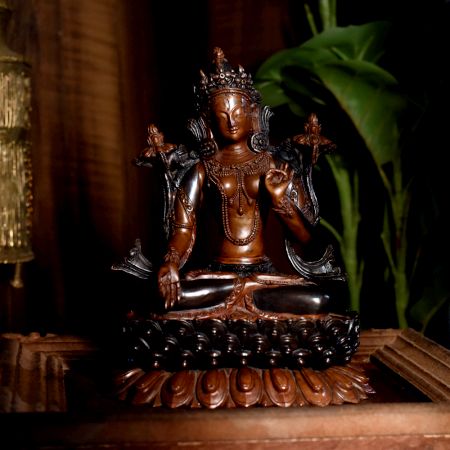
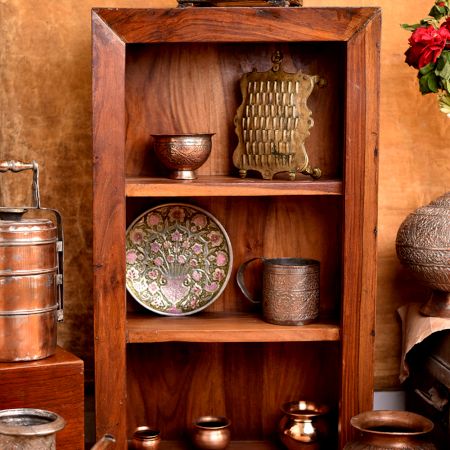
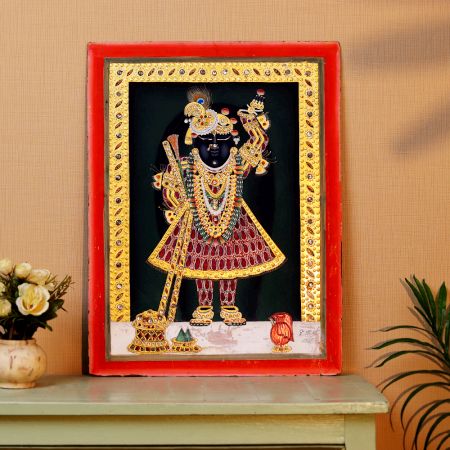

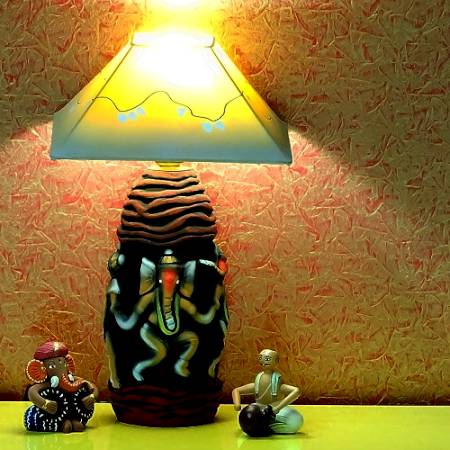


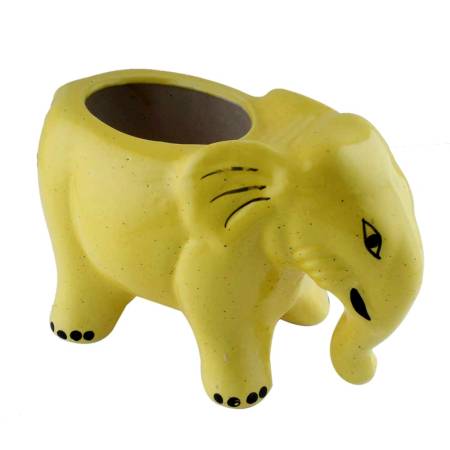
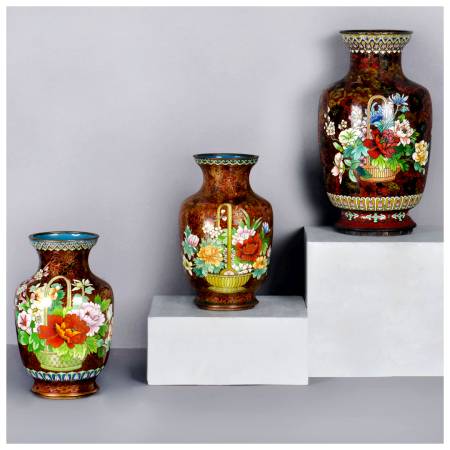
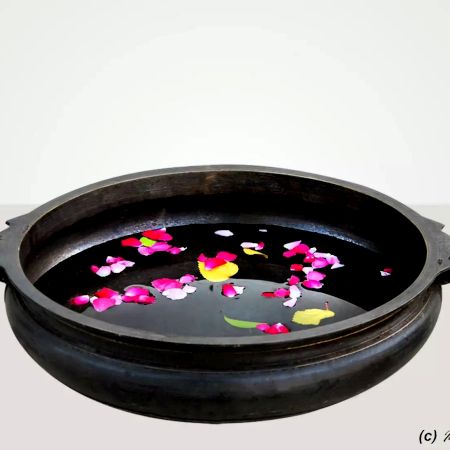
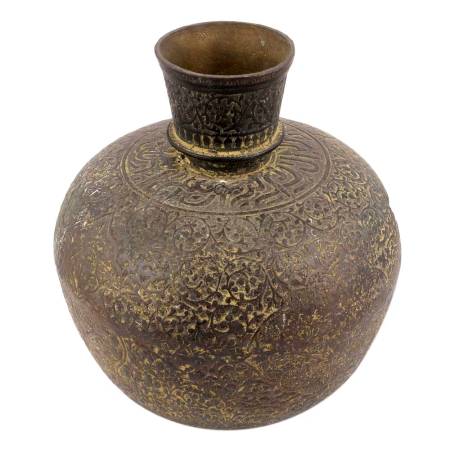
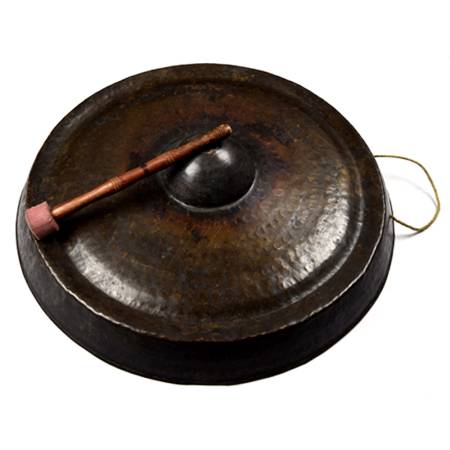

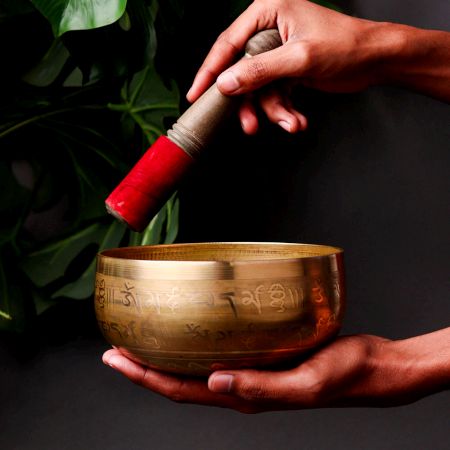
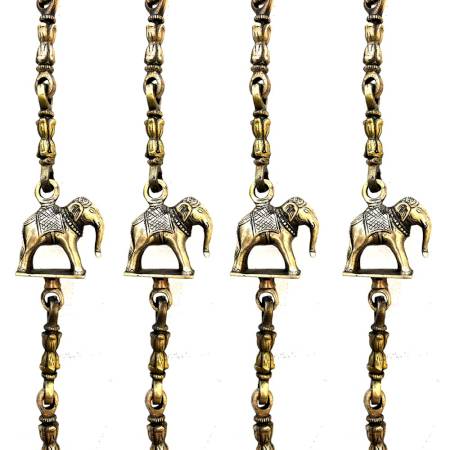
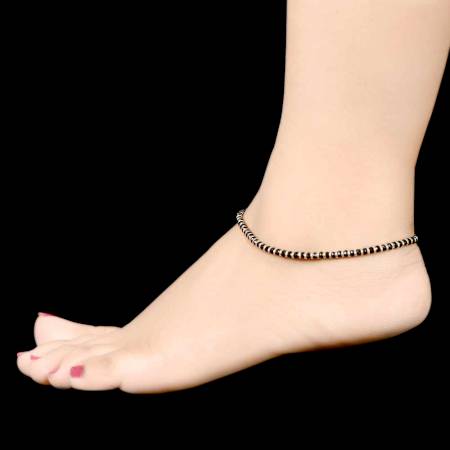
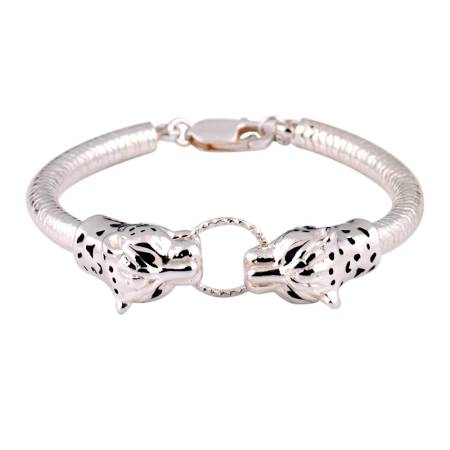
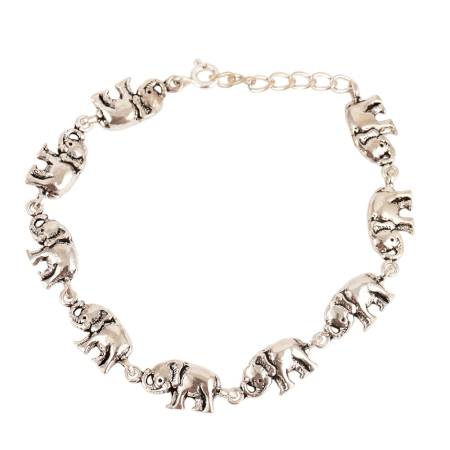
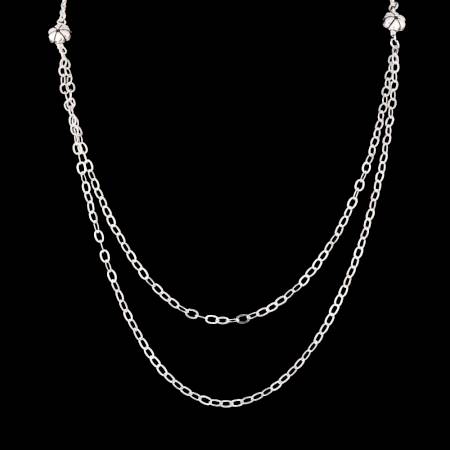
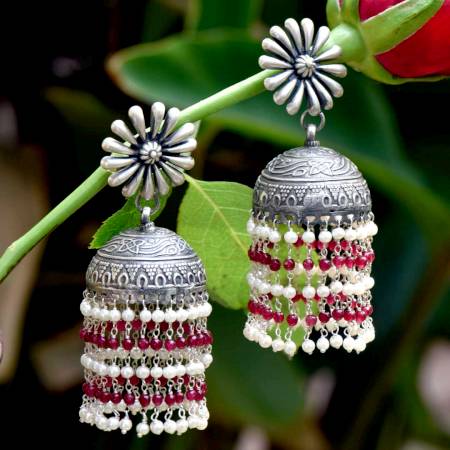
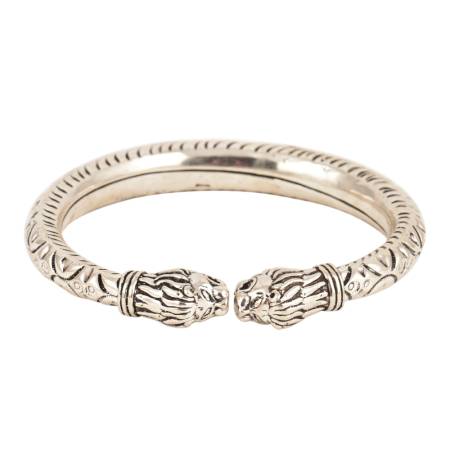
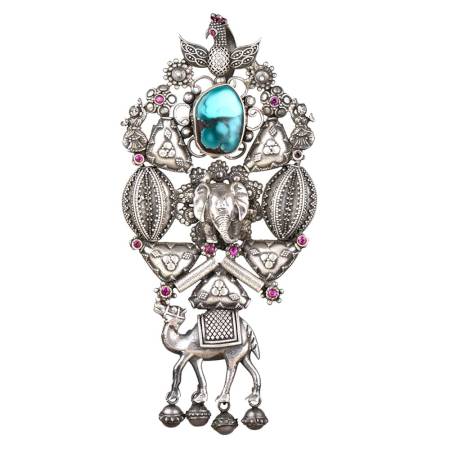

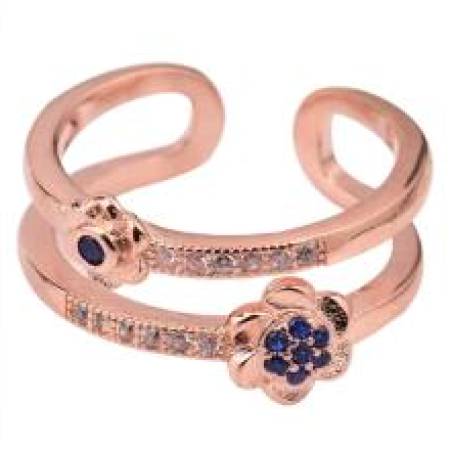
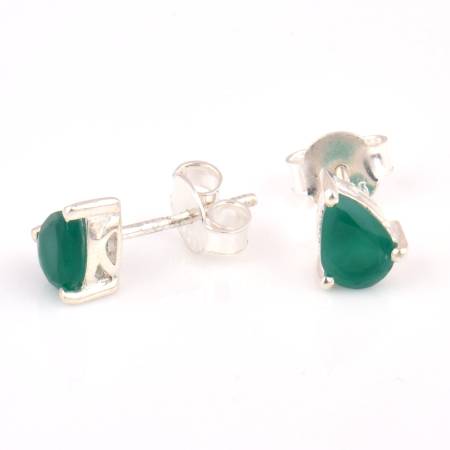

.webp?ver=1.7)
.webp?ver=1.7)
.webp?ver=1.7)
.webp?ver=1.7)
.webp?ver=1.7)
.webp?ver=1.7)


.webp?ver=1.7)
.webp?ver=1.7)
.webp?ver=1.7)
.webp?ver=1.7)
.webp?ver=1.7)
.webp?ver=1.7)
.webp?ver=1.7)
.webp?ver=1.7)
.webp?ver=1.7)
.webp?ver=1.7)
.webp?ver=1.7)
.webp?ver=1.7)
.webp?ver=1.7)
.webp?ver=1.7)
.webp?ver=1.7)
.webp?ver=1.7)
.webp?ver=1.7)
.webp?ver=1.7)
.webp?ver=1.7)
.webp?ver=1.7)
.webp?ver=1.7)
.webp?ver=1.7)
.webp?ver=1.7)
.webp?ver=1.7)
.webp?ver=1.7)
.webp?ver=1.7)
.webp?ver=1.7)
.webp?ver=1.7)
.webp?ver=1.7)
.webp?ver=1.7)
.webp?ver=1.7)
.webp?ver=1.7)
.webp?ver=1.7)
.webp?ver=1.7)
.webp?ver=1.7)
.webp?ver=1.7)
.webp?ver=1.7)
.webp?ver=1.7)
.webp?ver=1.7)
.webp?ver=1.7)
.webp?ver=1.7)
.webp?ver=1.7)
.webp?ver=1.7)
.webp?ver=1.7)


.webp?ver=1.7)
.webp?ver=1.7)
.webp?ver=1.7)
.webp?ver=1.7)
.webp?ver=1.7)
.webp?ver=1.7)
.webp?ver=1.7)
.webp?ver=1.7)
.webp?ver=1.7)
.webp?ver=1.7)
.webp?ver=1.7)
.webp?ver=1.7)
.webp?ver=1.7)
.webp?ver=1.7)
.webp?ver=1.7)
.webp?ver=1.7)
.webp?ver=1.7)
.webp?ver=1.7)
.webp?ver=1.7)
.webp?ver=1.7)
.webp?ver=1.7)
.webp?ver=1.7)
.webp?ver=1.7)
.webp?ver=1.7)
.webp?ver=1.7)
.webp?ver=1.7)
.webp?ver=1.7)
.webp?ver=1.7)
.webp?ver=1.7)
.webp?ver=1.7)
.webp?ver=1.7)
.webp?ver=1.7)
.webp?ver=1.7)
.webp?ver=1.7)
.webp?ver=1.7)
.webp?ver=1.7)
.webp?ver=1.7)
.webp?ver=1.7)
.webp?ver=1.7)
.webp?ver=1.7)
.webp?ver=1.7)
.webp?ver=1.7)
.webp?ver=1.7)
.webp?ver=1.7)
.webp?ver=1.7)
.webp?ver=1.7)
.webp?ver=1.7)
.webp?ver=1.7)
.webp?ver=1.7)
.webp?ver=1.7)
.webp?ver=1.7)
.webp?ver=1.7)
.webp?ver=1.7)
.webp?ver=1.7)
.webp?ver=1.7)
.webp?ver=1.7)
.webp?ver=1.7)
.webp?ver=1.7)
.webp?ver=1.7)
.webp?ver=1.7)
.webp?ver=1.7)
.webp?ver=1.7)
.webp?ver=1.7)
.webp?ver=1.7)
.webp?ver=1.7)
.webp?ver=1.7)
.webp?ver=1.7)
.webp?ver=1.7)
.webp?ver=1.7)
.webp?ver=1.7)
.webp?ver=1.7)
.webp?ver=1.7)
.webp?ver=1.7)
.webp?ver=1.7)


